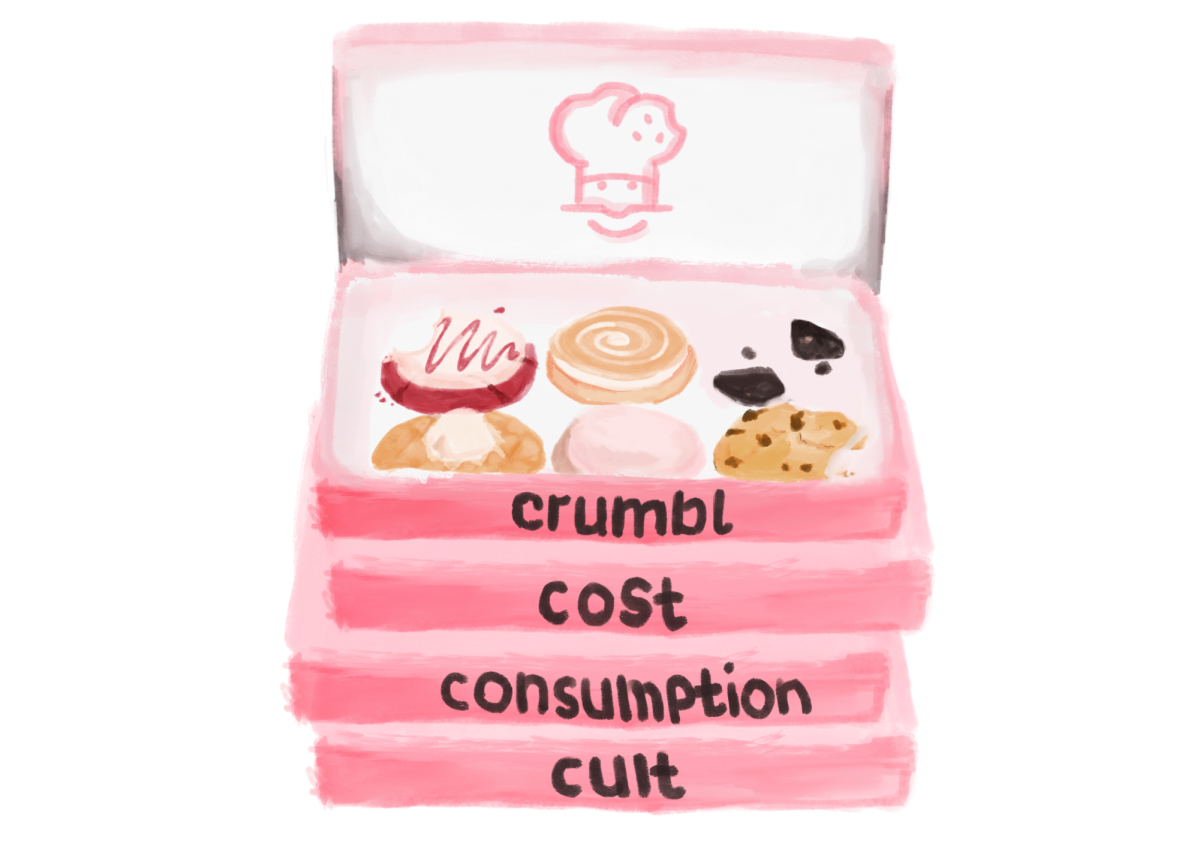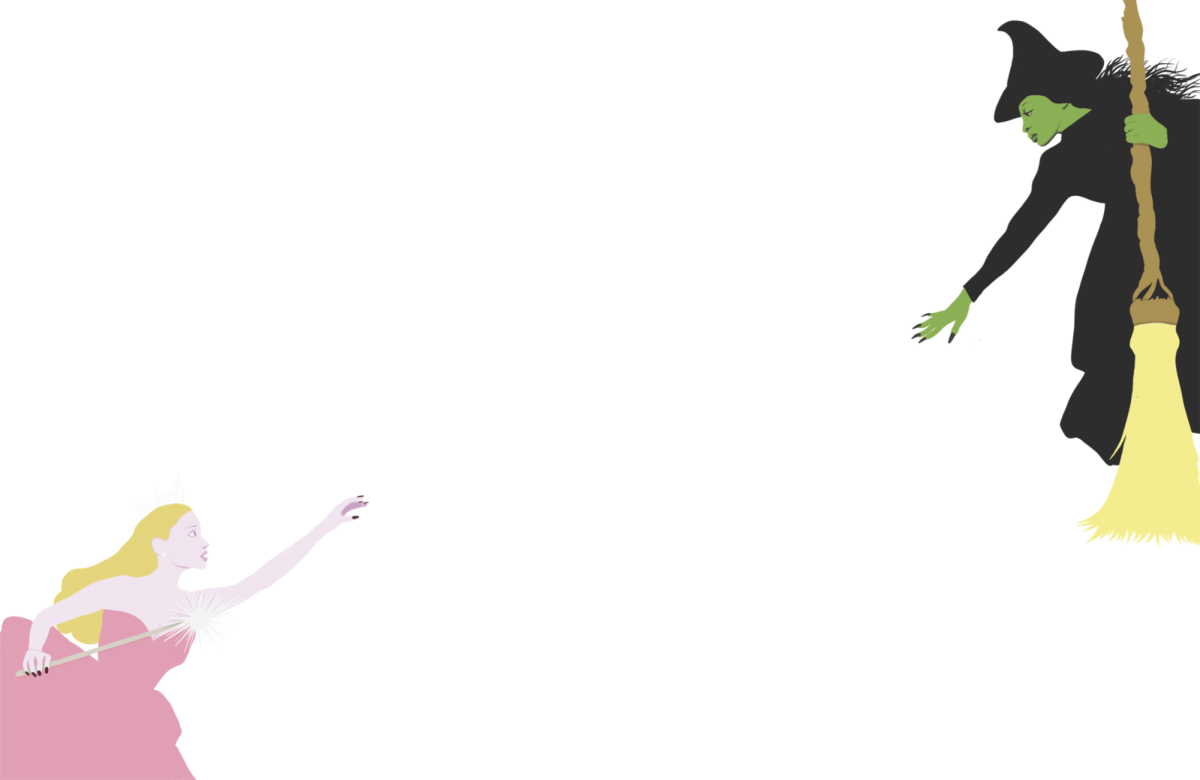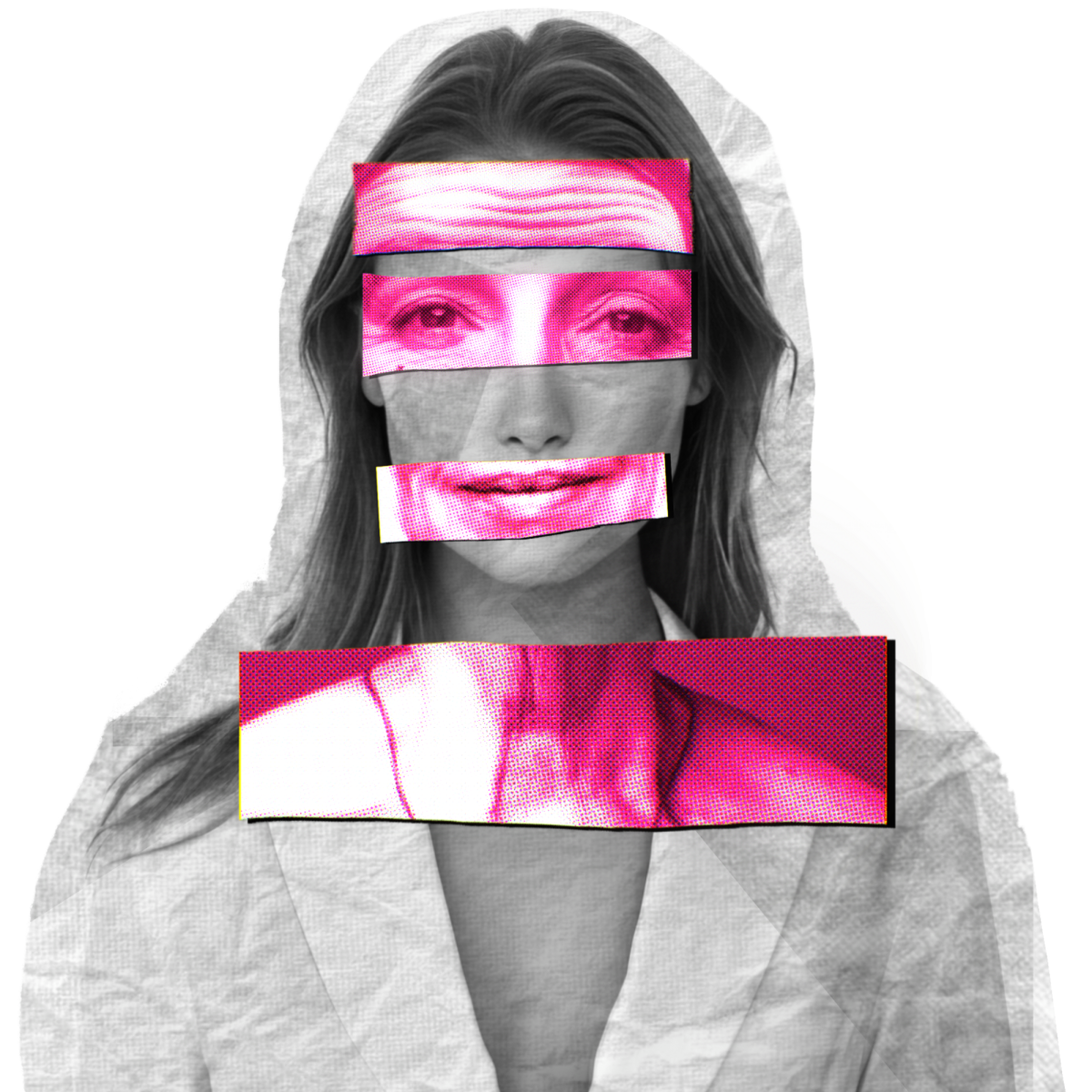Relatability of Teen Dramas
High school-oriented TV shows depict “coming of age” aesthetics through social media, slang, and sexual liberation; but not all of these shows accurately portray this generation’s teenage years.
January 23, 2023
A lcohol-infused parties, car rides blasting pop favorites, and excessive drug glamorization. Parent-child feuds, rocky relationships, and intense friendships. Complex feelings, school fights, and eccentric styles. All are portrayed in the modern day genre of teen dramas.
lcohol-infused parties, car rides blasting pop favorites, and excessive drug glamorization. Parent-child feuds, rocky relationships, and intense friendships. Complex feelings, school fights, and eccentric styles. All are portrayed in the modern day genre of teen dramas.
Everyone loves a good binge-worthy show to watch on school nights, but how relatable are these high school depictions to the actual growing up experience?
Teens today are in the complicated part of their lives where they are too old to act like children, but too young to be respected as adults.
They are figuring out who they are, finalizing their education, and attempting to live out the last years of their youth before they face the trials and errors of adulthood.
This interesting portion in teenage lives makes for entertaining screen plots that have the audience gripping the edge of their seats.
Teen dramas spark conversations about mature topics that are otherwise not discussed, such as substance use and sexual education.
Regardless if someone relates to these experiences, they are essential to see on the big screen in order to educate the audience.
However, when over-glamorized, these shows wander away from educating the audience to painting a false picture of teen experiences for the sole purpose of entertainment.
“It is incredibly hard to find a high school television show that accurately portrays what it is like to be a teenager,” said sophomore Olivia De Ponce. “One of the most unrealistic [shows] in my opinion is ‘Gossip Girl.’”
To Olivia, the show “Gossip Girl” is diluted and over-sexualized, one of the many controversial high school depictions on TV.“ The characters, while entertaining, are nothing but fiction.”
Teenagers, and their high school experiences, are typically differentiated from other generations by style, slang, social media references, dating experiences, and unique sets of behavior that separates them from all other age groups.
Many of these factors are mis-represented in teen dramas, and instead play into the stereotypical roles of “rebellious” teens.
“‘Euphoria’ and ‘Heartbreak High’ dig into deeper topics, such as sex and drug use, but sometimes it comes across as too glorifying instead of educating,” said junior Elyse Weaver.
“Heartbreak High,” a 2022 Australian Netflix original, depicts autistic representation, LGBTQIA+ characters, and realistic sexual education that is typically poorly shown on other shows.
“Euphoria,” a 2019 HBO original, is another show known for its depictions on the hardships of addiction and identity.
While both shows share more truth than others, the glamorization of parties and lack of school-related subjects are problematic.
“Euphoria” disorients audiences with strobe lights and glittery makeup, possibly leading the audience to view substance use and underage sex as more glorious than it actually is.
“‘Euphoria’ is a pretty relatable show because of its raw portrayal of more mature content, like drug use and self harm, that teens can relate to. Although it’s not always a universal experience and the content is very exaggerated,” said junior Jayla Provance.
“I feel like ‘Never Have I Ever’ is more realistic because of how friendships and behavior are portrayed.
Another seemingly relatable show, according to sophomore Sydney Fisher, is “Insatiable.” The show depicts relatable topics regarding physical insecurities. “It addresses the unrealistic expectation set for women, and how they are treated if they don’t fit into it.”
The glamorization of mature topics isn’t the only problem in teen dramas. The lack of school-related subjects and more universal experiences, such as actually attending class and putting in the tedious effort of getting good grades, negatively affects how older generations see the effort they put into their education.
Keeping one’s grades up, at the risk of impacting one’s mental health, is a rarely shown concept that is one of the most universal experiences for highschool students.
Teenagers struggle with academic validation and the pressure put on them by peers, teachers, family members, and themselves.
“Teen shows don’t put enough emphasis on how mentally draining it is to always meet those expectations,” said Sydney.
Sydney also brings up the misuse of communication: “In most shows that I’ve watched, pretty much everything concerning social media and slang is somewhat inaccurate.”
While slang might be hard to represent on TV, as its connotation is constantly evolving, social media and its connection to friendships typically feel forced.
“It seems like the adults that are writing the scripts are basing it off of their perception of how teens interact.”
Social media and slang written by adult directors contribute to the poorly written stereotypical behavior that puts a bad label on generation Z.
The concept of cliques is also vastly different in the real world. While social hierarchies and online bullying are two very real things, they aren’t as cliche as teen dramas make them out to be.
The difference between conflicting friend groups can be as subtle as simply who one is hanging out with who, not labels such as “the jocks” and “the nerds.”
Unrealistic personalities and interactions, and a lack of portraying the actual education side of highschool, contributes to false standards that younger kids watching the shows will see.
The result of being drastically misrepresented in teen dramas not only affects how the world sees teens, but influences bad behavior onto generation Z and the younger generations.
However, any of the previous binge-worthy hits should still be enjoyed, but with a certain understanding of the differences between on screen and off screen.
Instead of treating the teen drama genre as a basis on how to treat one’s livelihood and education, they should be viewed as cautionary tales on what to avoid while living up one’s youth.

































